Underwater Photography Tips for Beginners! Underwater photography is a unique and challenging form of photography that can produce stunning images. By taking photos underwater, photographers can capture the beauty of marine life and landscapes in a whole new way. However, photographing underwater requires specialized equipment and skills, and it can be difficult to get good shots in often challenging conditions.
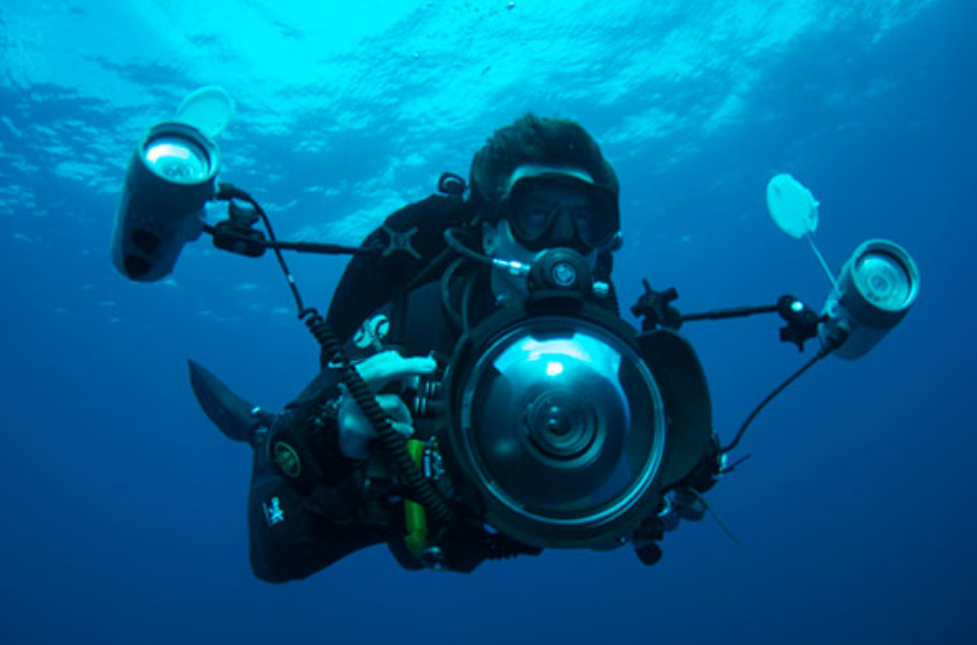
Aspiring underwater photographers often find it difficult to take great photos on their first try. To take great underwater photos, you need to know a few things about underwater photography tips. In this article, we will go over some tips to help you take amazing underwater photos.
Underwater Photography Tips for Beginners
Here are some tips to help you take great underwater photos:
1. Use a Strobe
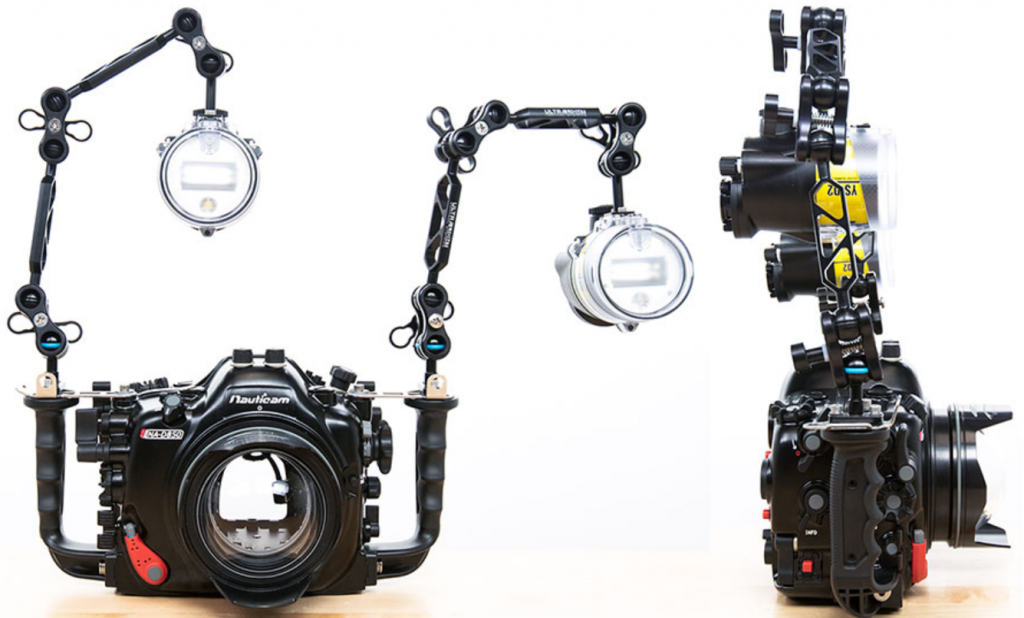
When taking photos underwater, it is important to use a strobe to help light your subject. A strobe will help to freeze the action and provide more light to your photo. It is also important to make sure that your strobe is properly positioned so that it will light your subject properly.
2. Shutter Speed
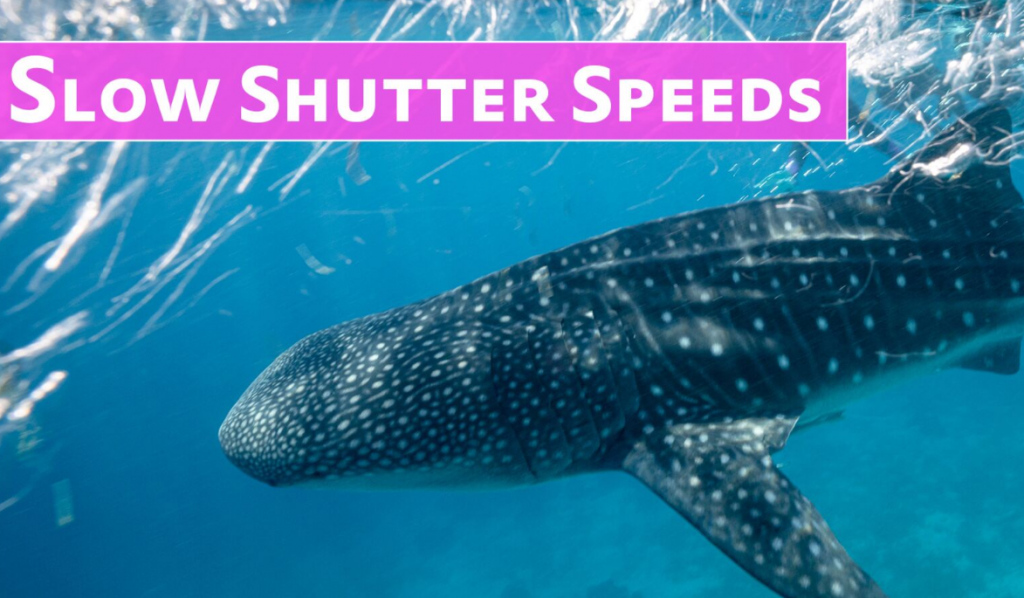
One of the challenges with underwater photography is that your shutter speed needs to be slow to avoid blurry images. This can be a challenge when you are trying to capture fast-moving creatures or when there is a lot of ambient light. You can overcome this by using a tripod or by increasing your ISO setting. If you are using a digital camera, you can also increase the exposure compensation setting.
3. Stay in Shallower Water
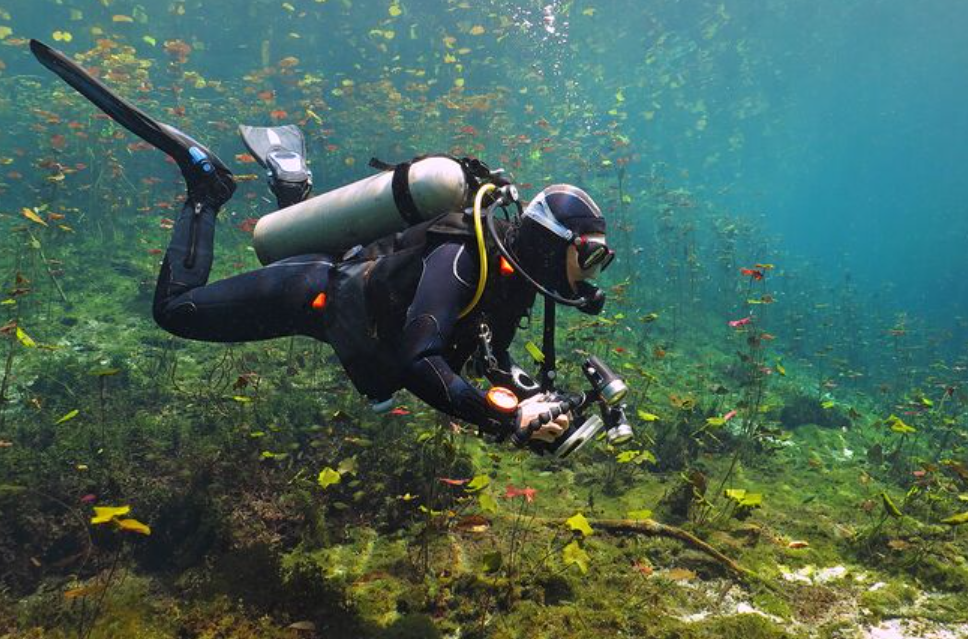
When you’re taking pictures of aquatic life, it’s best to stay in shallower water. This way, you can get closer to your subject and avoid scaring them away. It also makes it easier to get a good angle on your shots. If you’re shooting in deep water, the photos will likely come out blurry.
4. Get Close to Your Subject
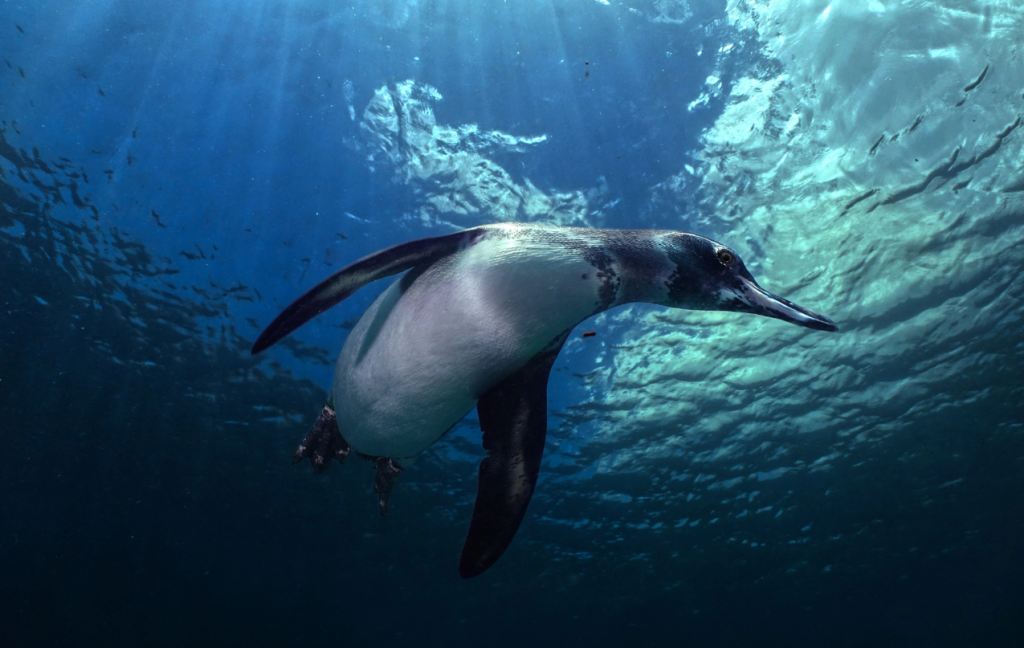
To get close to your subject and take great underwater photos, it’s important to be able to move around easily. Get in the water as close as you can, and use a wide-angle lens to capture the scene. If you’re too far away, you’ll miss out on the details that make underwater photography so interesting. Be patient and take your time getting the perfect shot.
5. Use a Color Correcting Filter
Underwater photography can be challenging because of the lack of natural light. This is especially true when photographing marine life and coral. One way to compensate for the lack of light is to use a color-correcting filter. A color-correcting filter helps to restore some of the colors that are lost when photographing underwater.
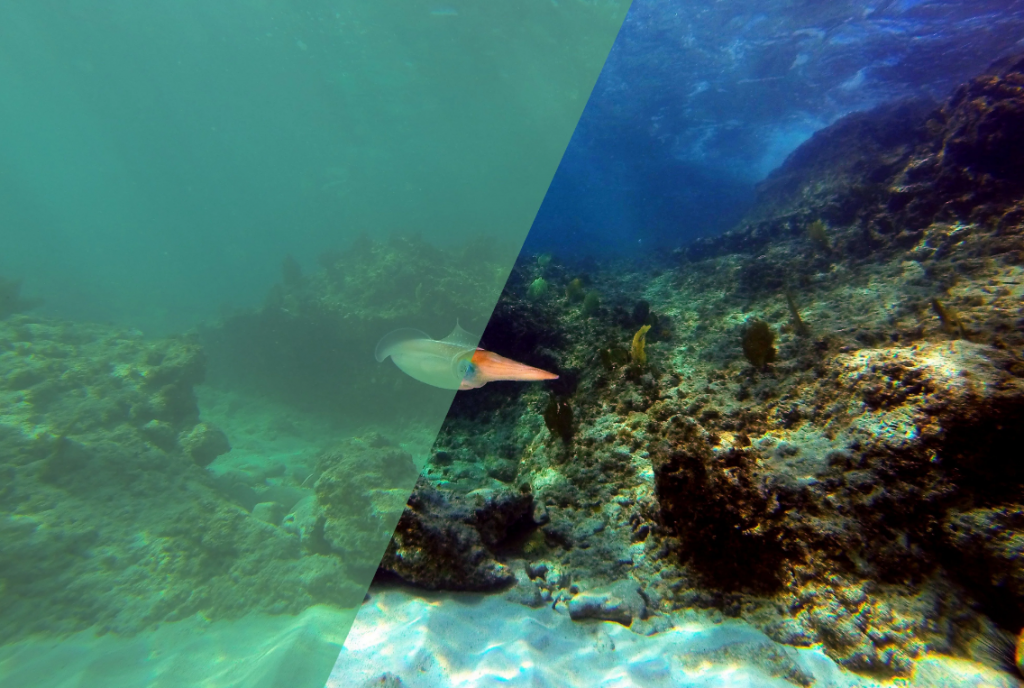
There are different types of color correcting filters available, so it’s important to select the right one for the type of photography you are doing. Color correcting filters can make a big difference in your underwater photos, so don’t forget to pack one when you’re headed out on your next diving trip!
6. Shoot When the Sun Is Overhead
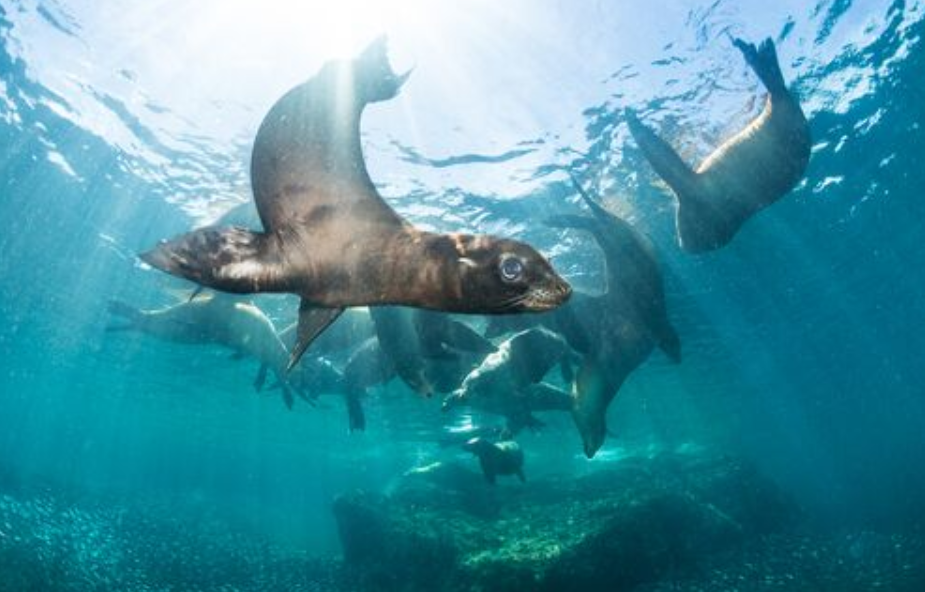
When it comes to underwater photography, shooting when the sun is overhead can be tricky. You want to be sure to avoid harsh shadows and bright spots in your photos. One way to do this is to wait for the sun to move lower in the sky, or find a shaded area to take your photos in. If you must shoot when the sun is overhead, try using a fill flash or modifying your camera’s settings to compensate for the bright light.
7. Minimize Backscatter
When taking pictures underwater, one of the main concerns is minimizing backscatter. This occurs when light reflects off particles in the water and casts a blurry, distracting effect on your photos. There are several ways to minimize backscatter, but the most important is to use a good quality dive lens and camera.
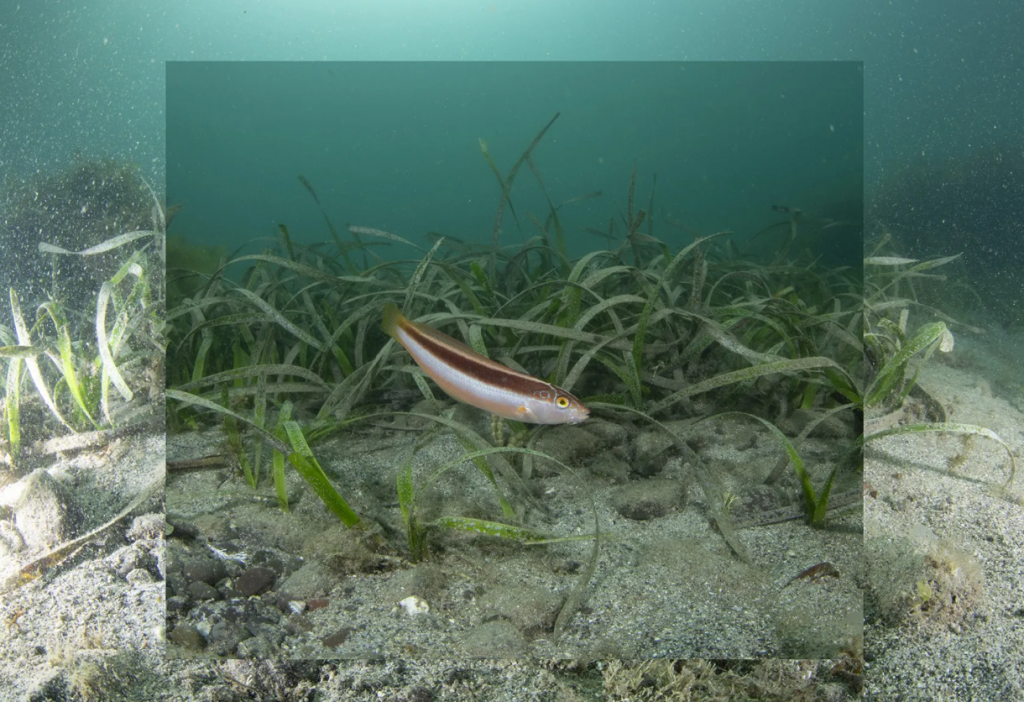
Another key factor is to keep your camera as still as possible while taking pictures. You can do this by using a tripod or monopod, or by holding your breath and keeping still while you take the picture. Finally, try to shoot in open water whenever possible rather than in murky water, which will reduce the amount of backscatter in your photos. { "@context": "https://schema.org/", "@type": "HowTo", "name": "Underwater Photography Tips", "description": "Underwater Photography Tips for Beginners! Underwater photography is a unique and challenging form of photography that can produce stunning images. By taking photos underwater, photographers can capture the beauty of marine life and landscapes in a whole new way. However, photographing underwater requires specialized equipment and skills, and it can be difficult to get good shots in often challenging conditions.", "image": "https://photolightboxes.net/wp-content/uploads/2022/07/Underwater-Photography-Tips-1.png", "totalTime": "PT10M", "estimatedCost": { "@type": "MonetaryAmount", "currency": "USD", "value": "10$" }, "supply": [ { "@type": "HowToSupply", "name": "a strobe" } ], "tool": [ { "@type": "HowToTool", "name": "digital camera" } ], "step": [ { "@type": "HowToStep", "text": "When taking photos underwater, it is important to use a strobe to help light your subject. A strobe will help to freeze the action and provide more light to your photo. It is also important to make sure that your strobe is properly positioned so that it will light your subject properly.", "image": "https://photolightboxes.net/wp-content/uploads/2022/07/Use-a-Strobe--1024x618.png", "name": "Use a Strobe", "url": "https://photolightboxes.net/underwater-photography-tips/#1_Use_a_Strobe" }, { "@type": "HowToStep", "text": "One of the challenges with underwater photography is that your shutter speed needs to be slow to avoid blurry images. This can be a challenge when you are trying to capture fast-moving creatures or when there is a lot of ambient light. You can overcome this by using a tripod or by increasing your ISO setting. If you are using a digital camera, you can also increase the exposure compensation setting.", "image": "https://photolightboxes.net/wp-content/uploads/2022/07/Shutter-Speed-1-1024x598.png", "name": "Shutter Speed", "url": "https://photolightboxes.net/underwater-photography-tips/#2_Shutter_Speed" }, { "@type": "HowToStep", "text": "When you’re taking pictures of aquatic life, it’s best to stay in shallower water. This way, you can get closer to your subject and avoid scaring them away. It also makes it easier to get a good angle on your shots. If you’re shooting in deep water, the photos will likely come out blurry.", "image": "https://photolightboxes.net/wp-content/uploads/2022/07/Stay-in-Shallower-Water.png", "name": "Stay in Shallower Water", "url": "https://photolightboxes.net/underwater-photography-tips/#3_Stay_in_Shallower_Water" }, { "@type": "HowToStep", "text": "To get close to your subject and take great underwater photos, it’s important to be able to move around easily. Get in the water as close as you can, and use a wide-angle lens to capture the scene. If you’re too far away, you’ll miss out on the details that make underwater photography so interesting. Be patient and take your time getting the perfect shot.", "image": "https://photolightboxes.net/wp-content/uploads/2022/07/Get-Close-to-Your-Subject-1-1024x648.png", "name": "Get Close to Your Subject", "url": "https://photolightboxes.net/underwater-photography-tips/#4_Get_Close_to_Your_Subject" }, { "@type": "HowToStep", "text": "Underwater photography can be challenging because of the lack of natural light. This is especially true when photographing marine life and coral. One way to compensate for the lack of light is to use a color-correcting filter. A color-correcting filter helps to restore some of the colors that are lost when photographing underwater. \n\nThere are different types of color correcting filters available, so it’s important to select the right one for the type of photography you are doing. Color correcting filters can make a big difference in your underwater photos, so don’t forget to pack one when you’re headed out on your next diving trip!", "image": "https://photolightboxes.net/wp-content/uploads/2022/07/Use-a-Color-Correcting-Filter-1024x688.png", "name": "Use a Color Correcting Filter", "url": "https://photolightboxes.net/underwater-photography-tips/#5_Use_a_Color_Correcting_Filter" }, { "@type": "HowToStep", "text": "When it comes to underwater photography, shooting when the sun is overhead can be tricky. You want to be sure to avoid harsh shadows and bright spots in your photos. One way to do this is to wait for the sun to move lower in the sky, or find a shaded area to take your photos in. If you must shoot when the sun is overhead, try using a fill flash or modifying your camera’s settings to compensate for the bright light.", "image": "https://photolightboxes.net/wp-content/uploads/2022/07/Shoot-When-the-Sun-Is-Overhead.png", "name": "Shoot When the Sun Is Overhead", "url": "https://photolightboxes.net/underwater-photography-tips/#6_Shoot_When_the_Sun_Is_Overhead" }, { "@type": "HowToStep", "text": "When taking pictures underwater, one of the main concerns is minimizing backscatter. This occurs when light reflects off particles in the water and casts a blurry, distracting effect on your photos. There are several ways to minimize backscatter, but the most important is to use a good quality dive lens and camera.\n\nAnother key factor is to keep your camera as still as possible while taking pictures. You can do this by using a tripod or monopod, or by holding your breath and keeping still while you take the picture. Finally, try to shoot in open water whenever possible rather than in murky water, which will reduce the amount of backscatter in your photos.", "image": "https://photolightboxes.net/wp-content/uploads/2022/07/Minimize-Backscatter--1024x702.png", "name": "Minimize Backscatter", "url": "https://photolightboxes.net/underwater-photography-tips/#7_Minimize_Backscatter" }, { "@type": "HowToStep", "text": "If you are unhappy with the quality of your underwater photos, you may be able to improve them by using post-processing software. This software can help you to fix flaws such as poor focus, incorrect exposure, and image noise. In addition, post-processing can be used to enhance the colors in your photos and to create artistic effects.", "image": "https://photolightboxes.net/wp-content/uploads/2022/07/Post-processing-Can-Help-You-Fix-Flaws--1024x566.png", "name": "Post-processing Can Help You Fix Flaws", "url": "https://photolightboxes.net/underwater-photography-tips/#8_Post-processing_Can_Help_You_Fix_Flaws" } ] }
8. Post-processing Can Help You Fix Flaws

If you are unhappy with the quality of your underwater photos, you may be able to improve them by using post-processing software. This software can help you to fix flaws such as poor focus, incorrect exposure, and image noise. In addition, post-processing can be used to enhance the colors in your photos and to create artistic effects.
Conclusion
In conclusion, underwater photography can be a fun and rewarding experience, but it does take some practice to get the hang of it. By following the tips provided in this article, you can improve your chances of success and create some amazing images. So get out there and start snapping!



